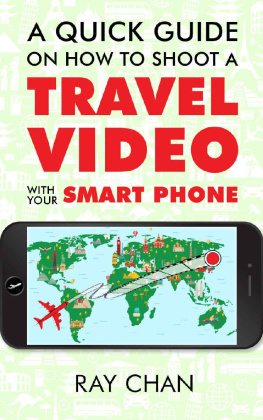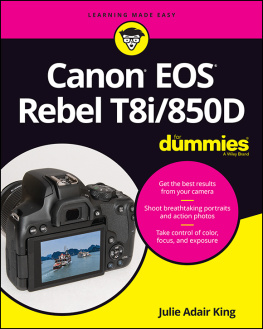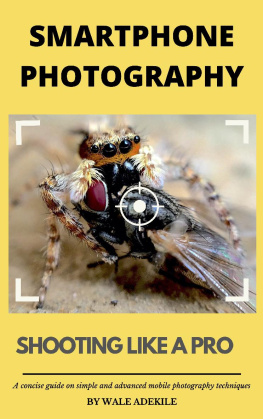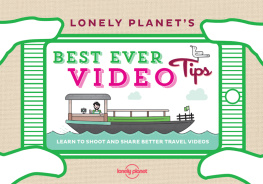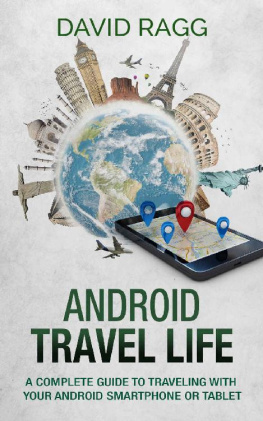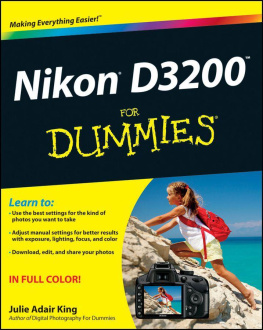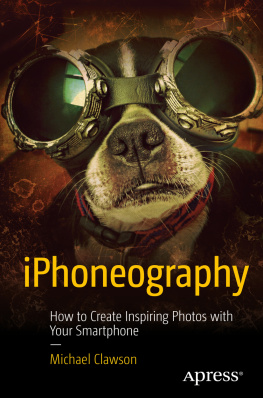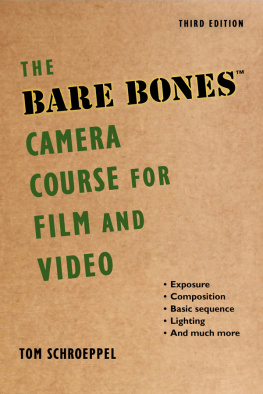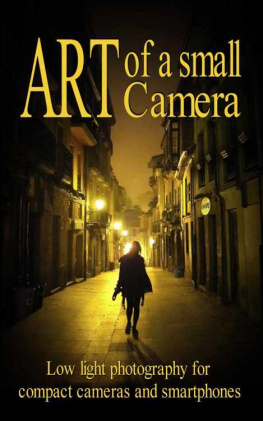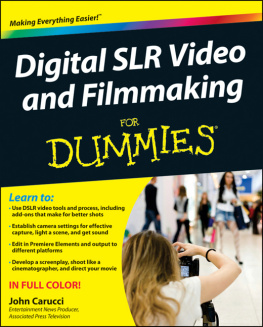A Quick Guide on How to Shoot a Travel Video with Your Smartphone
By Ray Chan
Disclaimer
No part of this eBook may be reproduced or transmitted in any form or by any means, electronic or mechanical, including photocopying, recording, or by any information storage and retrieval system, without written permission from the author.
The information provided within this eBook is for general informational purposes only. While we try to keep the information up-to-date and correct, there are no representations or warranties, express or implied, about the completeness, accuracy, reliability, suitability or availability with respect to the information, products, services, or related graphics contained in this eBook for any purpose. Any use of this information is at your own risk.
The methods describe within this eBook are the authors personal thoughts. They are not intended to be a definitive set of instructions for this project. You may discover there are other methods and materials that will yield the same end result.
A Quick Guide on How to Shoot a Travel Video with Your Smartphone
by Ray Chan
www.FilmSpotz.com
Copyright 2018 Ray Chan
All rights reserved. No portion of this book may be reproduced in any form without permission from the publisher, except as permitted by U.S. or Canada copyright law. For permission, contact:
Cover by 100covers.com
Ebook formatting by ebooklaunch.com
Contents
Back in 2011, I went to Cuba for a vacation. It was my first time being outside of Canada and the US. Everything was foreign to me: the language, the food, the music, the architecture, and the people. It was like stepping back in time, and it was an unbelievable experience. During my trip, I wanted to capture my experiences. All I had with me was an iPhone 4. I took plenty of pictures, but I realized that sometimes taking a picture is not enough, so I started making videos. When I got home, I looked over all my videos and it was like I was reliving those moments again. Sadly, I wished I had taken more. Then, a lightbulb went off in my head. Why not make a travel video and share it on YouTube? Its so much easier to share online now, and its a lot more visually appealing than a blog or picture. At that time, the video quality on my phone was great. It shot in 720P. The problem wasnt the video quality, it was a number of other things. For example, I didnt really have enough footage to put a travel video together, the footage was shaky, I would hit the Record button and let it roll forever, the footage was either over or under exposed, and I was panning my smartphone video camera like I was putting out a fire with a firehosethe list goes on
Since then, the more I have traveled, the more I have learned about how to better prepare myself for making a travel video. Understanding how to get great footage and learning how to avoid common mistakes in shooting footage is vital. I want to share this knowledge with you so that when you want to create an awesome travel video, you wont end up making the same mistakes I did.
You might be asking, Why are you making a guide based solely on the smartphone, and not a DSLR or other type of professional video camera? I believe the best camera is the camera you always have with you. When I was in Cuba, all I had was my iPhone 4. Never be discouraged from making a travel video because you dont own an actual video camera. Making a great travel video is not about having the best camera, its about using your creativity and imagination. Today, smartphone cameras can shoot in 4K, something professional video camera could only do years ago. Technology is advancing, and companies are making smartphone accessories specifically for video. So, whats stopping you from making a travel video?
One common mistake people make when they first start a video recording is that they simply record everything they see. They feel the need to capture every second of what is going on. When they put their video together, it looks great: the shots are awesome, and the background music is rocking, but in the end, it lacks something. That missing ingredient is the background story. The story is important because it gives the video a direction and a purpose. You want your audience to feel like they are on a journey with you the whole time. How to create a story? I think of a beginning, a middle, and an end. For example, here are the main events of my trip to Cuba:
- On the plane to Cuba
- Land at the airport
- Get to my resort
- Have dinner
- Go to the beach
- Meet new people and party
- Go snorkeling
- Visit a local crocodile farm
- See the city
- Watch the Michael Jackson show at the resort
- Sleep on the beach and watch sunset one last time
- Head back home
Your story is the most important part of your travel video. You can have great footage, but if you fail to convey the story behind your experiences, your audience will lose interest, and will probably go wandering off in search of cat videos on YouTube instead.
One important thing to keep in mind when youre filming is that you can get very caught up in it, to the point where you are oblivious to your surroundings. Always be aware of your surroundings before you hit that Record button. One time, I was in Singapore and while walking along as I filmed, I missed a step. Luckily, I kept from falling, but my right knee was sore for a few days. Be safe, and stay alert regarding your surroundings; this may seem like common sense advice, but it can also mean the difference between survival and death, depending on where you are.
Another thing to keep in mind you should be traveling for the sake of enjoyment. Everything else takes second place, and that includes filming. Many times, I have caught myself filming, not remembering to have a break. I am exhausted by the end of the day and end up feeling like Im not enjoying myself. I had this mindset that if I stopped recording, I would miss out on something extraordinary. For the most part, I was wrong. The point of any trip is to have fun. If you are being paid to make a travel video, then thats another story.
Whether you have an iPhone or Android smartphone, most native camera applications (the camera apps that come with your phone) should share similar properties. How to enable the various features depends on the desired application.
*Note: There are many third-party camera apps out there that have special features. The focus of this guide will only be for IOS and Android camera native apps.

Here are some features common to most cameras:
- Video Record Button - The button to start and stop video recording.
- Front\Rear Camera Mode - Switch to front or rear camera.
- Landscape Mode - Tilt phone horizontally; video aspect ratio is 16:9.
- Portrait Mode - Tilt phone vertically; video aspect ratio is 4:3.
- Zoom - Zoom in or out. This feature can also be initiated by pinching the screen inwards or outwards.
- Flash - Turn flash on or off.
- Focus - Tap anywhere on the screen to make objects appear sharper.
- Preview video - View previous footage.
- As a general rule, do not record anything longer than 4 - 7 seconds. Its OK to have a few seconds more, but can you imagine having to edit a 1-minute clip? Limiting the length of your video clips also saves storage room on your device.
- Always shoot using your rear camera. Most likely, the camera sensor on the rear camera is better than the front. A better camera sensor = a better-quality video.
- Never use the flash; it overexposes everything and looks artificial. Use natural light.
Next page
